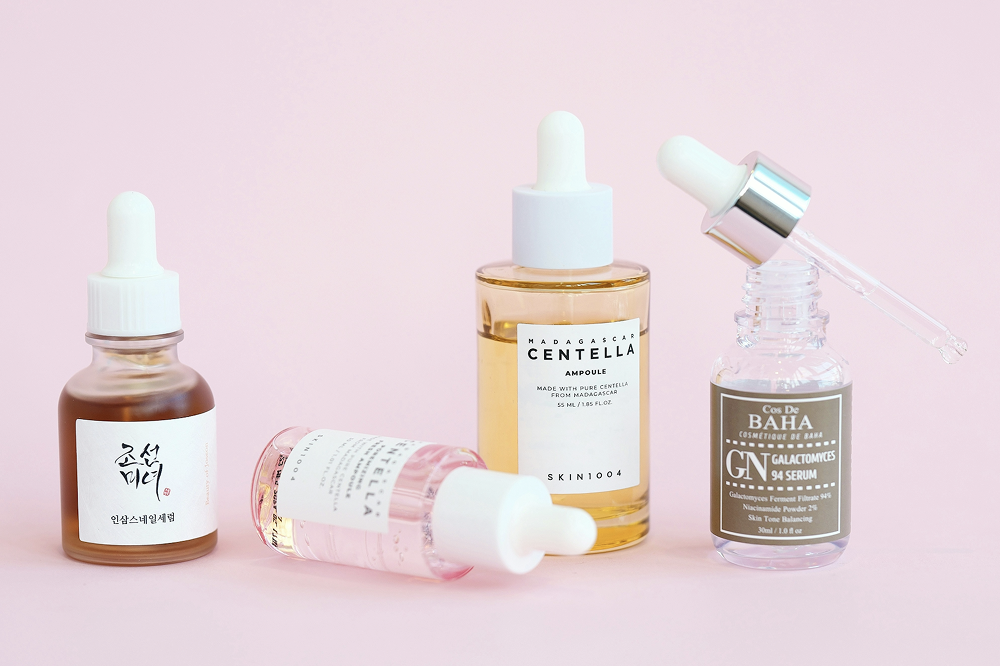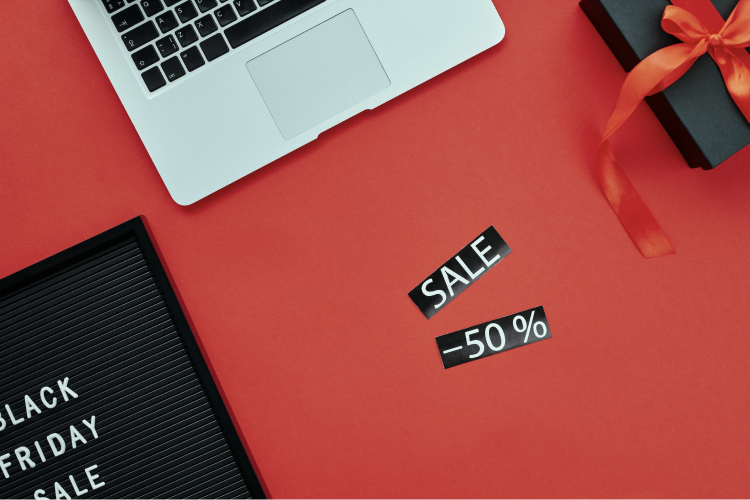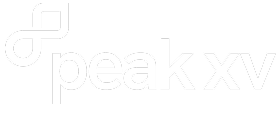From furniture flips to sneaker steals, Facebook Marketplace has become a go-to for buyers and sellers alike. With over a billion users and built-in integrations like Facebook Pay and Messenger, it offers convenience, scale….and increasingly, risk.
For brands, Facebook is no longer just a social platform. It’s a fast-growing third-party marketplace where fake goods and impersonation scams can quietly erode consumer trust and revenue. While there are many different avenues that bad actors can go down, this article zeroes in on public Facebook Marketplace listings – those that misuse brand assets in plain sight.
So, how can you protect your brand? Additionally, how can consumers protect themselves?
How to Report a Bad Actor on Facebook
Because Facebook Marketplace is a peer-to-peer platform, its reach, infrastructure, and low barriers to entry give infringers room to scale. Fakes can appear:
- On personal profile pages masquerading as individuals
- Increasingly within private or public Facebook groups, often under-the-radar
- Directly on Facebook Marketplace, with listings optimized to resemble authentic products
Whether you're a brand manager or an everyday shopper, knowing how to report a fake Facebook seller is key to keeping the platform clean.
For consumers looking to report a suspicious listing or seller:
- Click the listing you want to report
- Click the name of the seller
- Select the “… Options” menu, then click Report
- Choose Scam or Fake Product, then follow the on-screen instructions
For Brands: Which Facebook Form Should You Use to Report Infringement?
Facebook offers three primary reporting channels for intellectual property violations. Choosing the right one depends on how your brand is being misused.
1. Counterfeit Report Form, found here
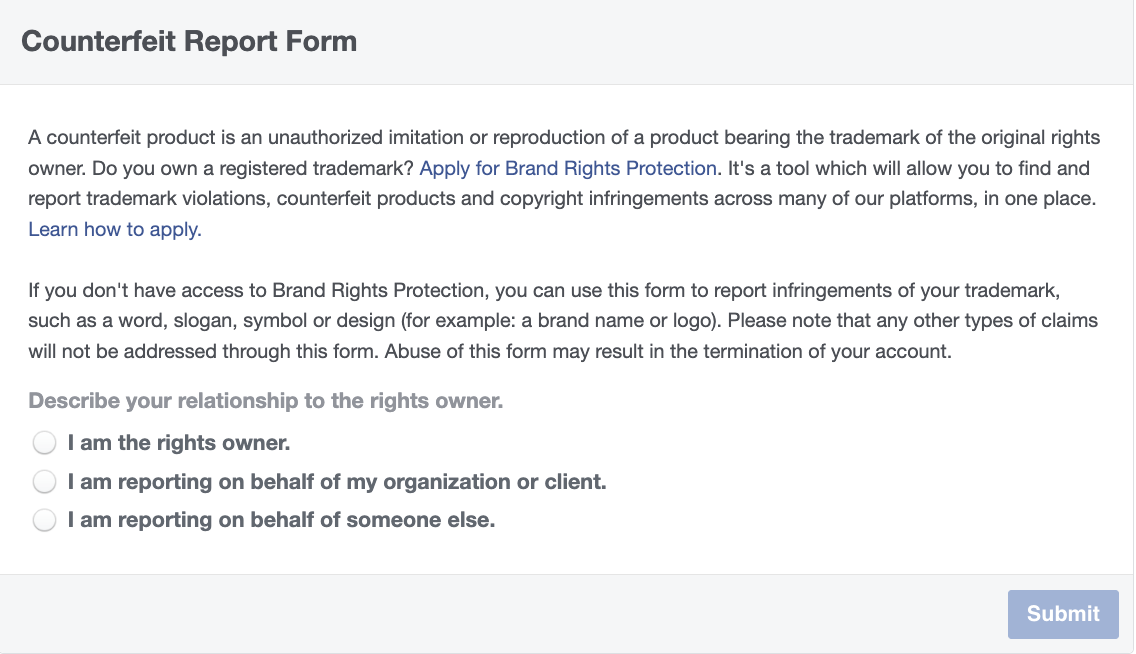
Use this form if someone is:
- Selling products that falsely claim to be your brand
- Creating listings that mislead consumers into believing they're buying an official product
- Offering fake versions of your goods using your brand name or logos
You'll need to provide:
- Links to the infringing Facebook Marketplace listings
- A description of the bad actor’s activity and how it violates your brand's IP
- Your company’s contact and business information
2. Trademark Infringement Report Form, found here
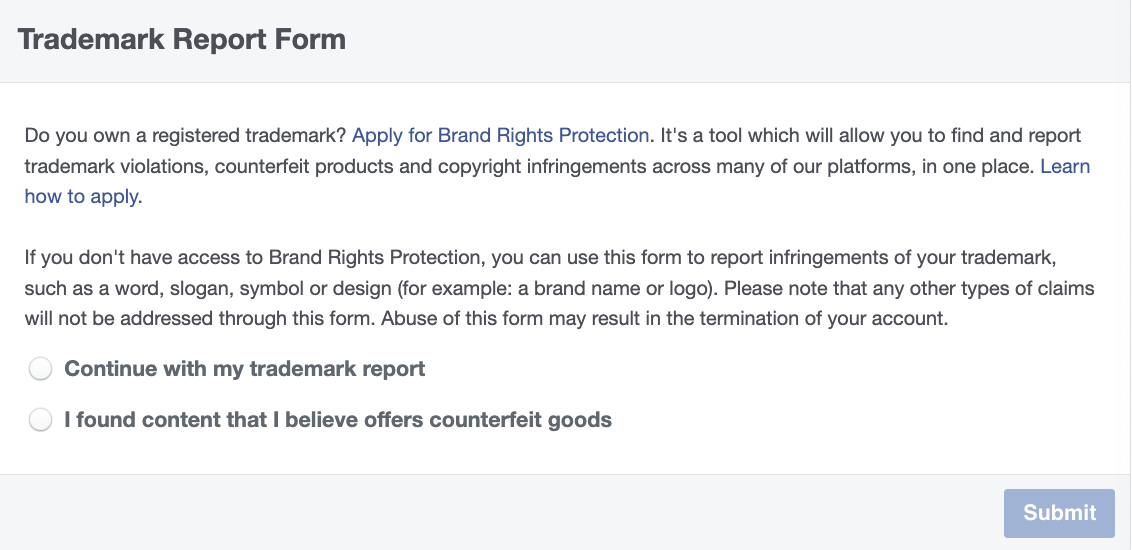
Use this form if:
- Your registered trademark (e.g., logo, brand name, slogan) is being used without permission
- A listing or seller is using your brand to confuse or mislead buyers
- A Facebook page or Marketplace listing includes your protected brand assets
You'll need to provide:
- Trademark registration details (registration number, country, category of goods)
- Links to the infringing content
- A short explanation of how your trademark is being used improperly
3. Copyright Infringement Report Form, found here
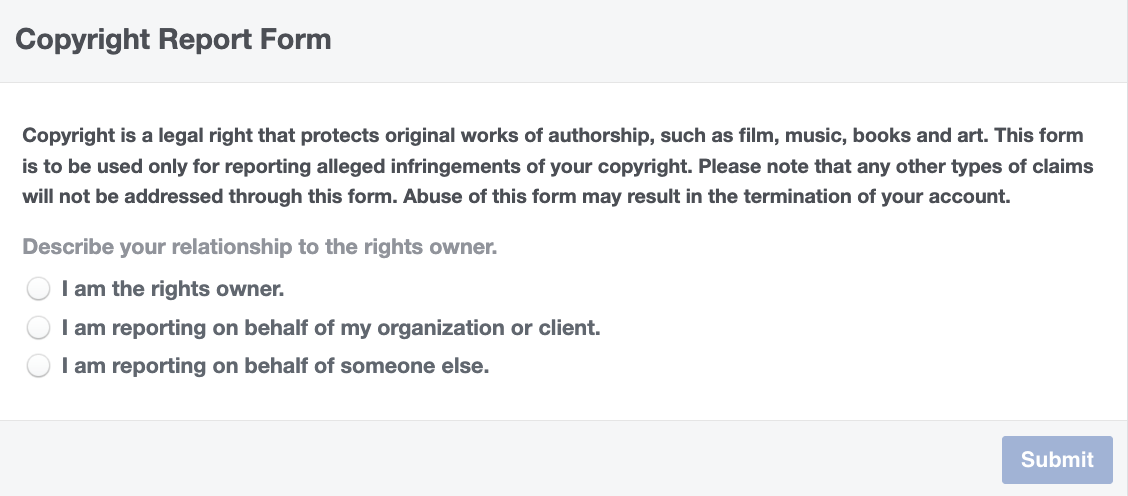
Use this form to report:
- Unauthorized use of your product photos, catalog images, or marketing content
- Sellers who have copied your creative assets (e.g., videos, product descriptions, campaign visuals)
- Listings that are using your copyrighted content to appear more legitimate
You'll need to provide:
- A link to the infringing content on Facebook
- A link to the original, copyrighted content that proves ownership
- A brief explanation of how your copyrighted material is being used without permission
Each form is processed by Facebook within 1–3 business days, and you’ll receive an email receipt of confirmation.
Phishing, Payment Scams, and Seller Impersonation
Not all threats are product-based. Brands are increasingly targeted by phishing scams that impersonate official pages or executives:
- Fake listings redirect users to cloned sites designed to steal passwords, credit card numbers, or bank information
- Fraudsters pose as CEOs or staff and message consumers or employees directly
- Off-platform payment requests (Zelle, Venmo, CashApp) bypass Facebook’s Purchase Protection and make it nearly impossible to recover funds
Best practice: Always encourage customers to transact within Facebook’s ecosystem. Facebook Pay and Messenger are the only channels eligible for buyer protection and scam monitoring. As CNBC notes: “If anyone ever tries to take you off the platform… that’s a problem.”
Tips to Stay Ahead
For consumers:
- Double-check deals that seem too good to be true
- Confirm product authenticity, ideally by inspecting items in person
- Verify seller profiles, shipping details, and tracking info
- Stick to Facebook Pay for buyer protection
For brands:
- Proactively monitor private groups and profile-based selling behavior
- Submit takedown forms with detailed, legally valid information
- Educate customers on how to identify authorized sellers
- Use visual IP (logos, packaging, marketing images) to support enforcement
You’ll notice that many of these takedown forms also mention Meta’s Brand Protection Program. It’s Meta’s centralized platform for rights holders designed to help detect, monitor, and remove IP violations across Facebook and Instagram.
Brands must apply to gain access, providing details such as trademark registration and business credentials. Once approved, users can assign IP reviewers, submit takedowns, and track enforcement results directly through Meta Business Suite. You can read more about this Meta service at our blog post here.
A Final Word
As Facebook Marketplace continues to grow, so does the volume of listings that exploit trusted brands to deceive consumers. The threat of infringement, impersonation, and off-platform scams is persistent. However, by taking proactive steps like filing targeted reports, using Meta’s enforcement tools, and educating your customers, you can stay ahead of bad actors and reclaim control over your brand’s presence online.
Even with tools like Brand Rights Protection, though, it’s ultimately up to brand owners to review matches manually, validate infringements, and submit these takedown request forms. Without this hands-on oversight, infringing listings and impersonation scams can continue to slip through the cracks, quietly damaging customer trust and diluting brand value.
Need help scaling enforcement across Facebook and other platforms?
Talk to us about how MarqVision helps leading brands monitor, detect, and remove IP violations with speed and precision.
Stay up to date on the latest IP Protection content from MarqVision.
4 Enforcements a Week to 400: Scale Brand Safety with Marq AI

Don’t Just Find Counterfeits. Dismantle the Entire Network.

.png)
Discover the latest trends and challenges in IP protection

Take Control of Your Trademarks with MARQ Folio

Renew and Manage Your Trademarks Easily With MARQ Folio

We’re waiting to hear from you

See the best brand protection solution in action

Don’t let piracy steal your growth

Talk to us about your brand protection problems








.png)
